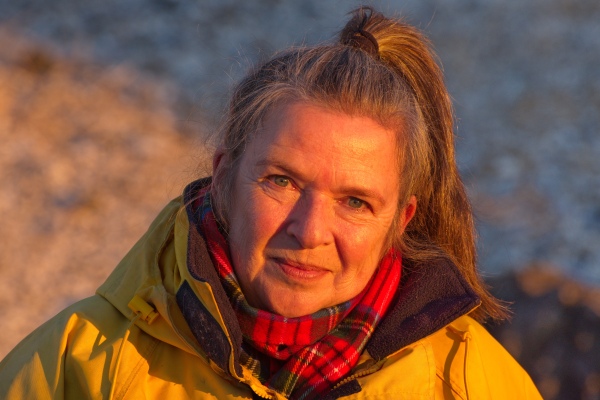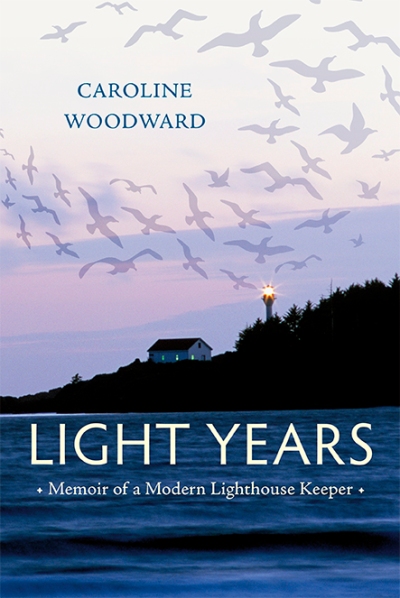

This is a brave and honest book of very well-written essays from a writer born in Saskatchewan, home of the first province-wide (or state-wide) arts council in all of North America. Yes, it could be the visionaries who determined that art was the distaff maiden to cereal grains more than forty years ago but whatever is in the alkaline water there, that flat landscape is remarkable for great writers, musicians, visual artists, scientists and Tommy Douglas, among others, you name it...this sparsely-populated province produces a disproportionate number of doers and dreamers. The hard-won wisdom contained in this book is proof of that.
Essays allow the reader to dip in and browse, waiting for something, a turn of phrase, a topic, a place name maybe, to catch and hold the eye. I took my time, savouring each one in the order it was presented (and knowing that author and editor would have spent a good while placing each essay just so, a logic which reveals itself to the careful reader). Essays can leapfrog entire decades, whole years, the pivotal labours to produce a child, then another, a book and then four others and then still more. (Leedahl is the author of many genres of published and broadcast work: poetry, young adult novellas, adult novels, collections of short stories, essays, radio ad jingles, magazine and newspaper articles, to name just a few.) The wild and fertile terrain of childhood is given short shrift and I am curious about this. I want to know why the child took the short-cut across the territory patrolled by the big boys, time after time. There is an undercurrent of menace and something else too, the something else that drew this particular child to take the short-cut again and again and not to avoid whatever happened to her there or whatever she initiated there. There is nothing to be gained or learned by taking the long and safe way to and from the school perhaps, a metaphor to set us up for the life she lived as an adult, an exciting life in many ways but also a life fraught with more than a few dodgy choices, fuelled by a predilection for romance or at least dressed-up lust, the compulsion to run many miles a day with surgically-reduced breasts to enhance her mileage and comfort versus static routine and family stability on a borderline budget.
Other essays are very forthcoming about the need for a writer to escape the hub-bub and relentless responsibilities of family life to the sanctity of a quiet room -or a small prairie house- wherein to sit and think and maybe get a page of writing accomplished every single day. Or craving the lively and stimulating community to be found with other writers and artists, in particular the exchanges between Saskatchewan and Mexico, where she obviously thrives and blossoms. But here is the rub, the hard and brave necessity of writing the truth, which gives us the kind of writing that other readers and especially other writers begin reading and then flinch, shrinking away, thinking, 'Oh, don't go there, don't, don't, oh, boy, now you've gone and done it.'
It is rare for writers (especially those with living relatives, old and young) to admit to feeling confined and constrained and Leedahl does it. She cops to the things about living one life and yearning for another that the rest of us can't or won't for fear of hurting feelings and blowing up fragile detentes and alliances with those who share our DNA or our bed. She puts herself out there, showing us her crappy taste in lovers who all seem to end up treating her rather poorly, and all the while her modest financial wherewithal is eroding as she chases the dream of writing, and making a living at it, which is increasingly difficult to do, especially in the Canadian market.
Which is why I was so heartened to see the tremendous exposure her title essay received in Medium, the online forum based in the US, spotted and gleaned from the newsletter produced quarterly by the Writers Union of Canada, earlier this year and where my heartfelt response (full disclosure) earned me a free copy of the book (I didn't remember until after it arrived in the mail unexpectedly that I must have checked a box saying 'Yes, I'd love a copy!', so unused am I to actually winning anything. This title essay is worth the reasonable price of the nicely-produced book on its own as the author fesses up to her Damn the Torpedoes, Life is Short approach to living and loving and creating art en route. Yes, sometimes it meant she was "selfish" and left her teenagers to forage in the fridge and her husband to maintain the home-front as well as his own work and hobbies (he's a fitness buff too).
Question: would we think, or even blink an eyelash, if we read about a male author with nine or ten books to his credit that he was self-absorbed and a 'bad father' if he spent two or four weeks in a village or a monastery working on a new book? No, I'll supply the answer, but even those of us who have made those choices to get a book finished have to still our small-town tongues from going, "Tut, tut, tut, those poor children/teenagers, that poor helpless fellow, all alone in a warm and dry house for fourteen days or even fifteen..." Same thing for affairs which end badly. Transpose the situation to a tragic male writer and see what happens to your head-set. Uh-huh. Highly recommended reading for those pursuing or helplessly ensnared in the writing life. I just hope this book or the next provides the author with more than a modicum of financial recompense for her hard-won wisdom and that she won't be foraging for blackberries in order to save lunch and breakfast money in earnest going forward. Foraging for the sheer pleasure of sun-ripened blackberries, sure, we all love that, but the hungry stomach roils with acids and undigested seeds after too many meals of them. This writer deserves a break and success for her unsparing, unflinching look at herself. Brava!











3 thoughts on “Caroline Woodward”